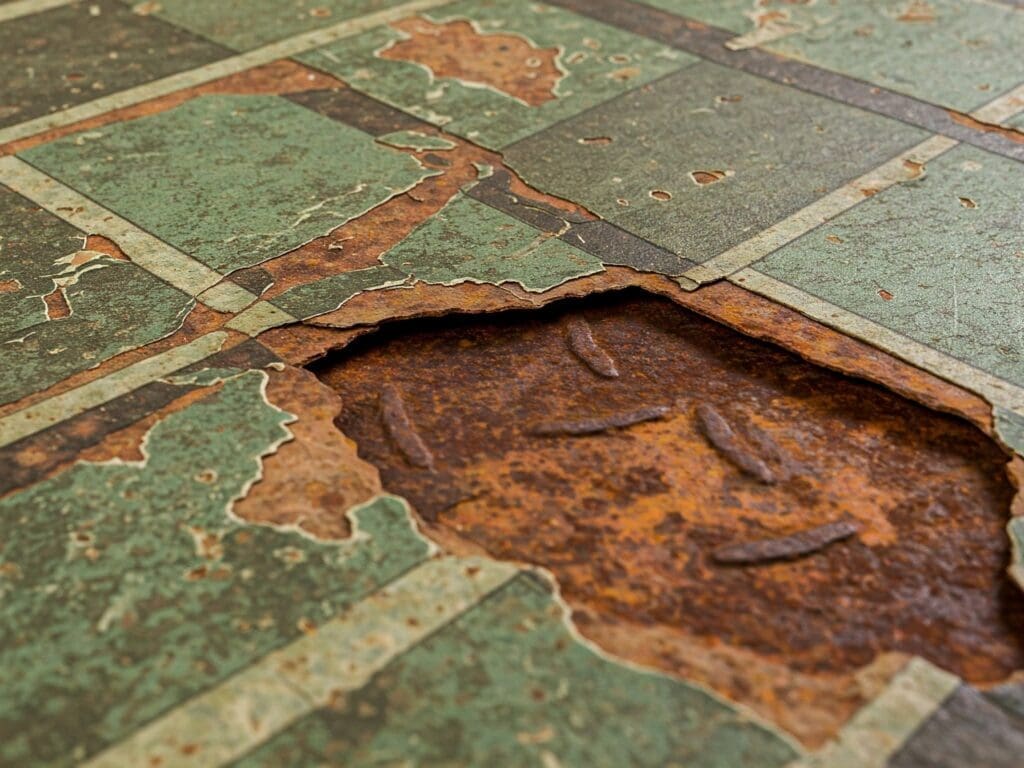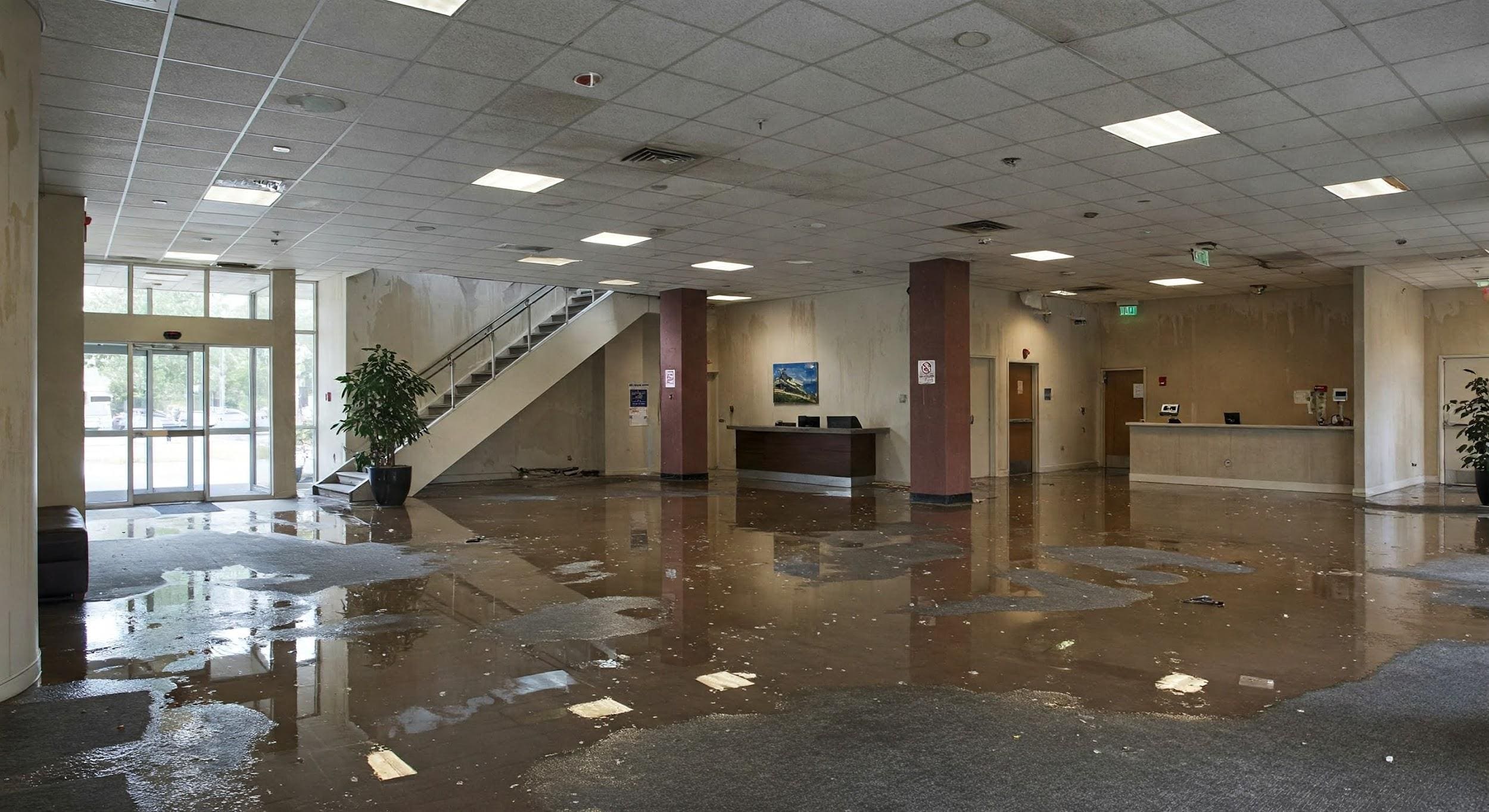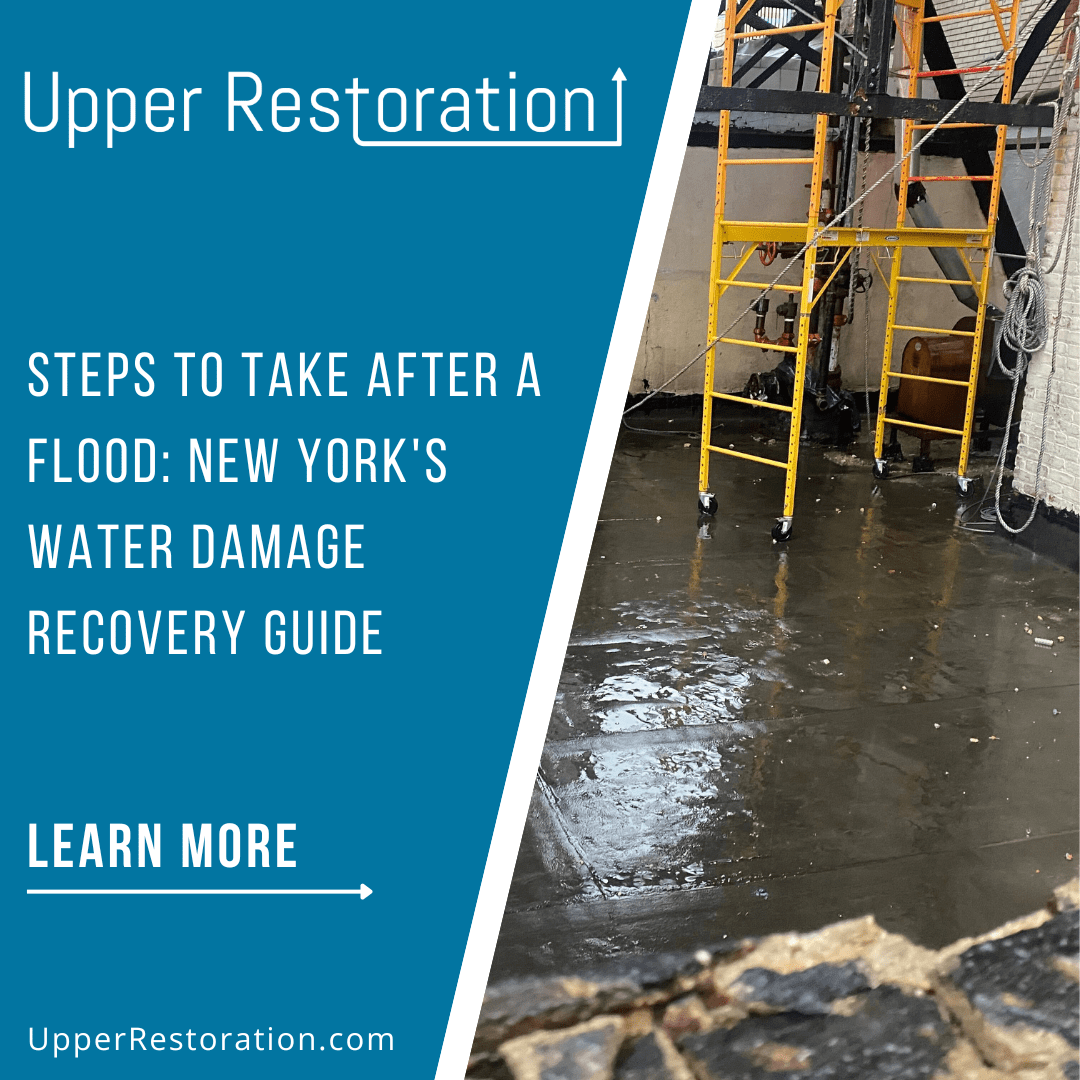As a renter in an older apartment building, you might encounter materials that raise concerns about potential health hazards. One such material is asbestos grout, which was commonly used in construction before the 1980s due to its strength and heat-resistant properties. Understanding what asbestos grout is, where it might be found, and what your rights are as a renter is crucial for ensuring a safe living environment.
What is Asbestos Grout?
Asbestos grout is a specific type of grout that was frequently used in the past because it was very strong and resistant to heat. This made it a popular choice in areas that might get hot, such as around fireplaces and boilers, as well as in tile work in bathrooms and kitchens. The use of asbestos in grout was widespread until the health risks associated with it became well-known, leading to its decline in construction.
Where Might You Find Asbestos Grout in Older Apartments?
If your apartment building was built before the 1980s, there’s a possibility that asbestos grout could be present in areas such as:
- Around fireplaces: Due to its heat resistance.
- Around boilers or heating pipes: For insulation purposes.
- In tiled areas: Such as bathroom and kitchen floors and walls.
Identifying Potential Asbestos Grout: What to Look For
Identifying asbestos grout with certainty is difficult through visual inspection alone. However, there are some indicators that might suggest its presence in older buildings:
- Age of the building: Buildings constructed before the 1980s are more likely to contain asbestos-containing materials.
- Appearance of the grout: Grout that looks old and deteriorating, possibly cracked or crumbly, might be a concern.
- Color and texture: Some asbestos grout may have a gray or white color and a shiny or fibrous appearance.
Important: Do Not Disturb Suspected Asbestos Grout
If you suspect that there might be asbestos grout in your apartment, it is crucial that you do not attempt to touch, remove, or disturb it in any way. Asbestos is most dangerous when its tiny fibers are released into the air through disturbance. Inhaling these fibers can cause serious health problems, including lung cancer and mesothelioma.
Your Responsibility as a Renter: Notifying Your Landlord
As a renter, your primary responsibility if you suspect the presence of asbestos grout is to immediately notify your landlord or building management. Clearly explain your concerns and the location of the suspected material. It’s a good idea to document your notification in writing (email or letter) and keep a copy for your records.
Landlord Responsibility and Your Rights
Landlords and property managers have a responsibility to provide a safe and habitable living environment for their tenants. If asbestos is suspected, it is generally the landlord’s responsibility to:
- Arrange for professional testing: Only certified professionals can definitively determine if a material contains asbestos.
- Take appropriate action if asbestos is found: If testing confirms the presence of asbestos grout, the landlord is responsible for arranging safe asbestos abatement and removal by a certified asbestos abatement company. This process must adhere to strict safety regulations.
- Disclose: In many jurisdictions, landlords have a legal obligation to disclose the presence of known asbestos-containing materials to current and prospective tenants.
- Maintain Records: Landlords may be required to keep records of any asbestos surveys, assessments, or abatement work carried out on the property.
You have the right to a safe living environment. If your landlord is unresponsive to your concerns about potential asbestos, you may want to explore resources related to tenant rights and responsibilities in your area. This might include:
- Contacting your local housing authority or tenant advocacy groups.
- Seeking legal advice to understand your options.
- Checking your lease agreement for clauses related to hazardous materials.
Upper Restoration: Certified Asbestos Abatement Specialists
While this article focuses on awareness and reporting for renters, it’s important to know that companies like Upper Restoration specialize in professional asbestos abatement and removal services. They are fully licensed and insured and adhere to the strict regulations set forth by agencies like the EPA, DEP, and OSHA. If your landlord needs to engage a certified company for asbestos testing or removal, Upper Restoration can provide these services safely and effectively.
Conclusion
As a renter in an older apartment, being aware of potential hazards like asbestos grout is important. Never attempt to handle or remove suspected asbestos yourself. Your priority should be to notify your landlord or building management immediately if you have any concerns. Understanding your rights and your landlord’s responsibilities is key to ensuring a safe and healthy living environment. If asbestos is confirmed, it requires the expertise of certified professionals like Upper Restoration to handle its safe removal.




